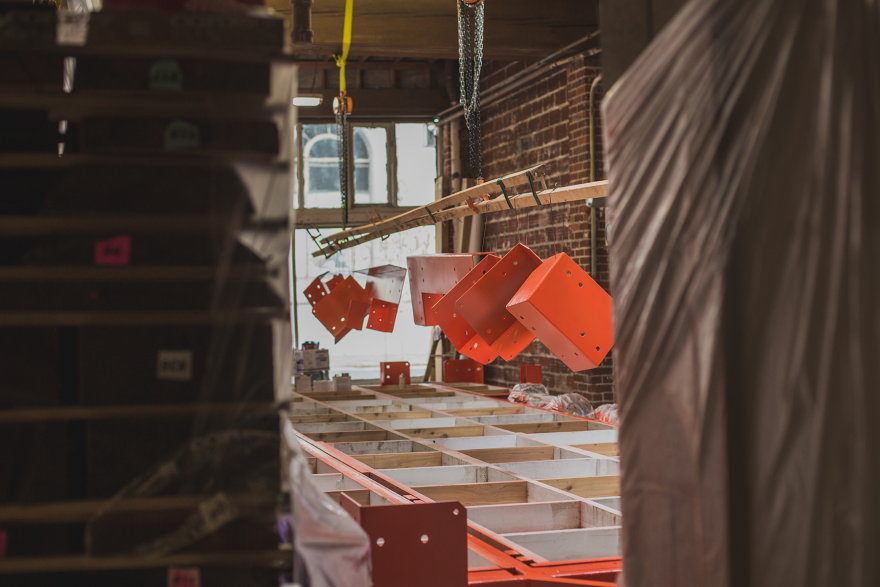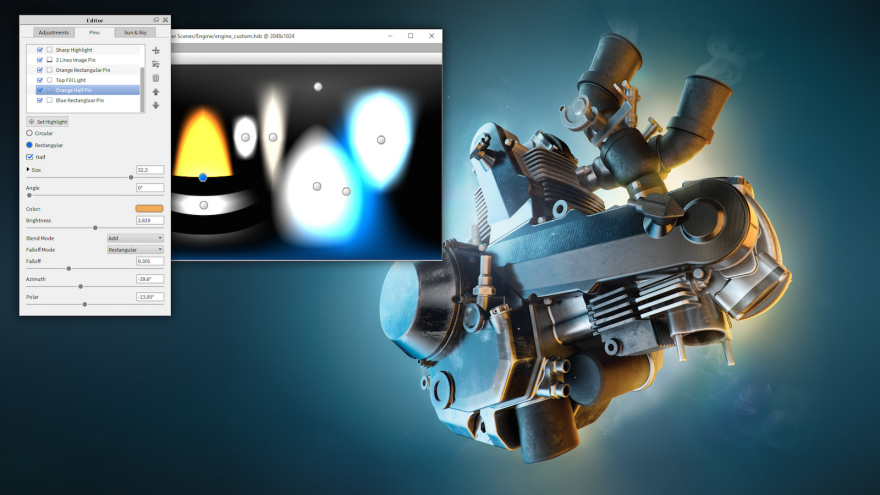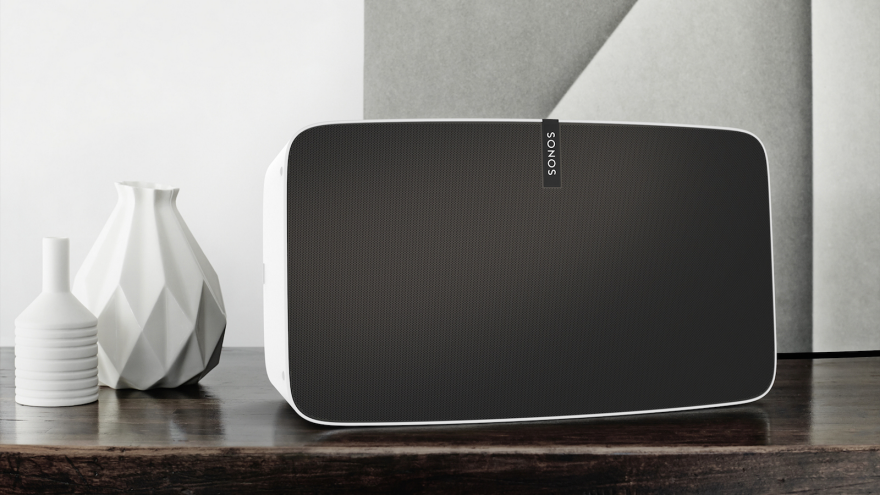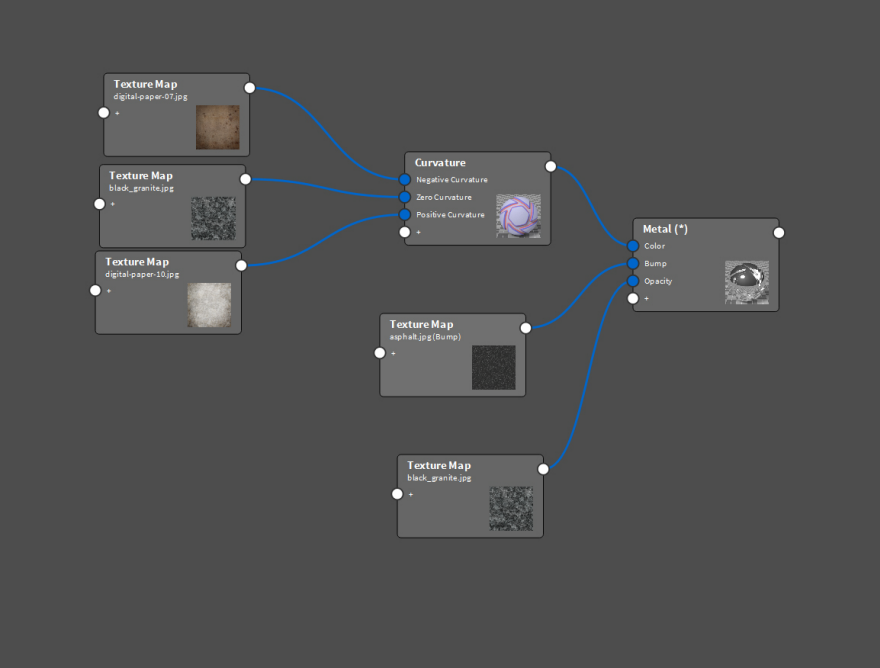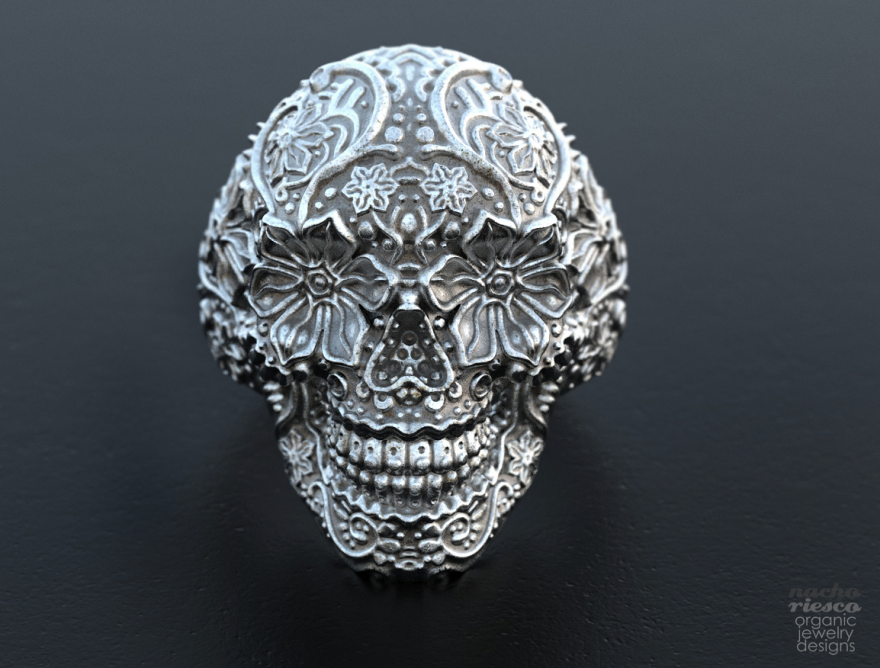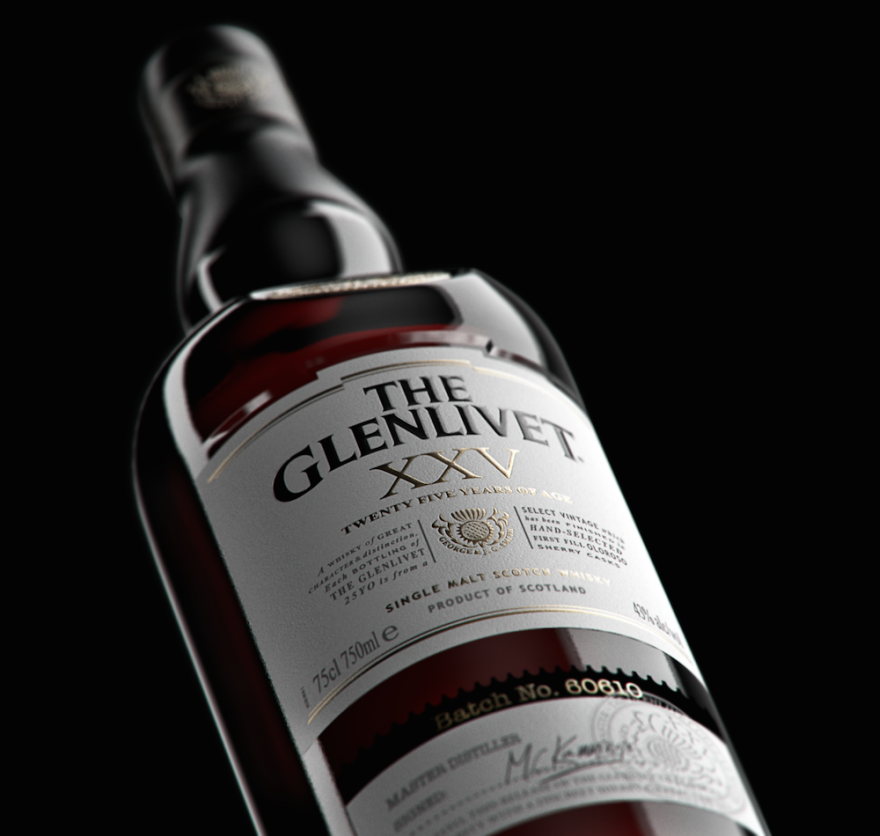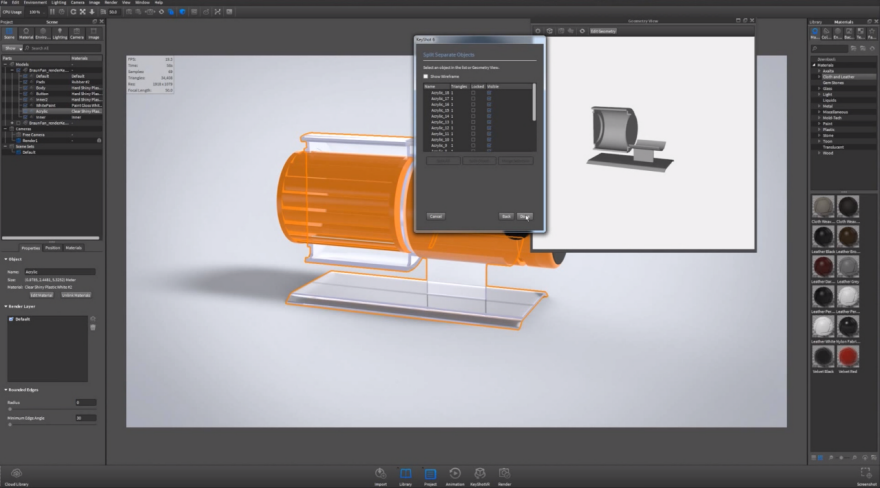This is the latest installment of our Core77 Questionnaire. Previously, we talked to Studio Job.
Name: Mauro Porcini
Occupation: Chief Design Officer, PepsiCo. I'm in charge of defining the brand design strategy and the innovation strategy of the company, by leveraging the mindset, the processes, and the tools of the design world.
Location: New York City
Current projects: We have many projects across three categories: beverage, food, and nutrition. We have projects active in any category from redesigning the brands in our portfolio, to designing experiences. For instance, we are finalizing Kola House which we're going to open in the next few months in Manhattan. It's about telling the kola nut story inside our product categories, and we're going to create a variety of different experiences that transcend the beverage world. Essentially facilitating a collision with the world of music, art, fashion, design and sport with a series of activations and programs—we're going to experiment.
We had a space in Zona Tortona for Milan Design Week; we're a sponsor of the UEFA Champions League in Europe; we have a concept car collaboration with Fiat. These are just some of the activations. This is one of the most exciting parts of my role—the ability to access so many different worlds.
![]() Pepsi's Mix It Up installation in Zona Tortona for Milan Design Week.
Pepsi's Mix It Up installation in Zona Tortona for Milan Design Week.Mission: The corporate mission is leveraging design to grow our business. My primary mission, and the one that drives me no matter the company I work for, is creating moments of fun, pleasure, safety and comfort in people's lives. As designers we have this ability to create, to prototype. We are thinkers but also doers, so we have a lot of power within this big organization to reach millions of people. If we are all driven by the primary goal of creating something good for society, we have the ability to build a better world.
When did you decide that you wanted to be a designer?
My family is creative. My father is an architect and has been painting all his life, my grandfather worked in finance but also painted, and my mother's passion was literature. I was surrounded by art. I wanted to do something either in the arts or architecture world, or something humanistic like writing. I decided to start with architecture and the day before the exam, a high school friend called and told me they opened a new course called industrial design. For me, it was intriguing because it was something completely new.
If we are all driven by the primary goal of creating something good for society, we have the ability to build a better world.
So I started not really understanding what I was doing. I thought I was going to design industrial machines and I was like, Ok if I really don't like it, the second year I can switch to architecture. During the first few months I was like, Oh my god, this is what I always, always wanted to do. It was my dream job, but I didn't realize there was even a university to teach you something like this. I was lucky.
Education:
The Politecnico di Milano. I did also a year in Dublin at the National College of Art and Design. I started the year computers got introduced to the design world. The first two years we didn't use them, and by the third year we started to use very advanced computers. The fourth year I went to Dublin, and it was all very manual—we were sketching, making mock-ups. So for me it was a very interesting mix of experiences, from using the most advanced technologies in Milan, to almost craftsmanship in Dublin.
![]() Rendering for Pepsi Prestige barware by Karim Rashid
Rendering for Pepsi Prestige barware by Karim RashidBecause it was the first year of the program, it was a mess. Up until this point, all the famous Italian designers studied either architecture or engineering. But for us it was really a mix. One course was semiotics; semiotics applied to design is really the study of the meaning of signs, from a graphic standpoint and from a 3D industrial standpoint. But our teacher was coming from literature, so he had no idea what semiotics meant in the design world. So I did my thesis for my semiotics class on the irony of Madame Bovary, just to give you an example.
It was so broad. But for me, it's been an amazing experience because it totally opened up my mind and prepared me to be a thought leader.
First design job:
When I was 18, my very first year in university, I met Stefano Marzano, the chief design officer of Philips at the time. I remember like it was yesterday. The passion Stefano had for innovation, for changing things. What he was doing as an Italian in a multinational corporation—it really inspired me. Ever since that day I started following Stefano, and I turned him into a mentor without him even knowing it. I used to write to him. Then we became friends, and peers. Long story short, I did my thesis with Philips and then I started working there one year after graduation.
What was your big break?
I have two mentors that really shaped my mindset and my way of thinking and working. One is Stefano—his passion for innovation, the way he was running design in this big corporation, and also the way he was thinking about the future. Not just designing stuff for tomorrow but really driving innovation.
![]() Stefano Marzano at Philips and Alessandro Medini for Alessi created a new design language for kitchen appliances in this collaboration between the two companies in 1994.
Stefano Marzano at Philips and Alessandro Medini for Alessi created a new design language for kitchen appliances in this collaboration between the two companies in 1994.The other is Claudio Cecchetto, who is one of the most famous Italian producers of music. I met him when I was at Philips and he was working in the digital world. The guy is a talent scout, he sees a talent and he invests in it. He saw me and a couple of friends and asked us what we do. We told him we wanted to create a studio together, and he was like, Ok do it with me. A month later we were creating a company with him, and we worked together for 3 years. I was 24, and it was a dream for me to work with such a celebrity and with so many talented people. We were managing the image of famous people, mostly working on digital technologies. The idea of creating something that has endless value because it's totally new and no one's every done it before—that was his mantra. Every day was like this. And this is also what I took with me—everything I do needs to be innovative. Even if it's the tweak of a packaging or a brand, it needs to be something that nobody did before, or is adding value to the consumer. We always need to be driven by this kind of mindset.
My professional breakthrough?
![]() 3M S10 Projector designed by Pininfarina
3M S10 Projector designed by PininfarinaProbably when I entered 3M. I was very young but entering a company like that, with the responsibility of managing design for the european business was a breakthrough. Then getting some projects right, like the redesign of the S10 Multimedia projectors that we did with Pininfarina. That really changed my trajectory, and put me in the position of reaching Chief Design Officer, first at 3M and now at PepsiCo.
Describe your workspace:
The office for me is something that's very important. Both at 3M and at PepsiCo I really pushed for creating a space for designers. The reason is that we need a space that inspires creative people. Not just designers, but marketing, R&D, everyone. A space that really facilitates connection and collaboration among people. One of the big problems of many corporations today is the unwillingness to take risk. So a space that by definition is already future-forward, that is already inspiring, can build confidence inside your organization that the ideas you're generating can be accepted by society.
![]() At PepsiCo Design HQ in Manhattan.
At PepsiCo Design HQ in Manhattan. In Manhattan we have 40,000 square feet. We took a raw space and totally redesigned it. Keeping it open but with a variety of what we call project rooms, where we bring the projects to life. We dedicate the rooms to different important designers. The furniture—lights, tables, chairs—are designed by famous designers like Karim Rahid, Naoto Fukasawa and Philippe Starck.
What is your most important tool?
My phone. I have the big iPhone so I can look at things, and so I can write very easily. Essentially I'm connected 24/7. The phone is very important for me because I'm always on the go, always traveling. And then any pen that I can find, or any tool that I can use to sketch on any surface; it could be a napkin, a piece of paper.
![]() Solar Power Cart enables vendors to deliver PepsiCo products and provide solar energy on the go.
Solar Power Cart enables vendors to deliver PepsiCo products and provide solar energy on the go.How do you procrastinate?
The way I work is very blended with my life. I don't really have a working time—I can't say I start work at 9:00 a.m. and finish at 5:00 p.m. So even if I procrastinate, it doesn't feel like I am because I cannot divide work and life anymore. I do need time to focus and concentrate, which I'm very very effective at doing. I balance moments where I need to be by myself and think, with moments where instead I'm totally connected—I strongly believe in teamwork. There are moments where the procrastination is more about finding time for yourself even if people push to be with you.
What is your favorite productivity tip or trick?
Focus. I am very good at focusing. In an A.D.D. society I am the opposite. Focus is the most powerful trick that there is. For people that have a problem with focusing, they should know that they can improve the ability to focus. Any technique—hopefully not drugs—but techniques like mediation or other tools you can use to focus. Your productivity will just rise to the stars.
![]() Lumio Lamp
Lumio LampWhat is the best-designed object in your home?
Lumio. It looks like a book and then you open it and it's a lamp. The beauty is that it's very intuitive. Essentially you can open this book completely, or just a little bit to regulate the spread of light. It's so, so simple—it's really design to the extreme. This idea that you don't need any explanation, any manual of instruction. You just open it and immediately you understand how it works. Design is also about magic, the surprise of something that you don't expect.
![]() PepsiMoji
PepsiMojiWhat is the most important quality in a designer?
Curiosity without any shadow of a doubt. It's curiosity that pushes you to read, to travel, to ask questions. One of the biggest challenges of designers, creative people, and innovators is really about understanding people and society, and always asking the right questions. So curiosity is really what drives you to be an ethnographer, an anthropologist, a researcher. That's the key characteristic.
What is the most widespread misunderstanding about design or designers?
That design is just styling. It's a typical problem that we find every time we try to build design in corporations. Everybody thinks, Oh wow, it's just styling on a product. Or that design is involved at the end of the innovation process. There is somebody driving the process—R&D, marketing usually, and then at the very end, well let's make it cute. Even for us as designers and the design community it's obvious to us that it's not like this, but still in society and in many corporations, design is thought of as pure styling. We need to get over that idea.
![]() Gatorade's new tracking system helps athletes hydrate.
Gatorade's new tracking system helps athletes hydrate.What is exciting you in design right now?
Because of the role of social media in society, we've essentially connected everybody in this never-ending flow of communication and conversation. Digital and web technologies are enabling essentially anybody that has an idea to get access to funding and local manufacturing. You no longer need the access of a big corporation to go to market and be successful. Because of this consumers are changing completely. They are much more savvy. While brands are now on stage 24/7. It's now important for brands to build stories that are authentic, and activations that are consistent across every touchpoint from the product to the packaging, to retailers, and events. Pepsi, for instance, needs to behave the same way when it's in the aisle at Walmart, as when it's in the hands of a model at fashion week in Milan. We need to be different but consistent.
Design and design leadership needs to play a completely different role than in the past. You need a very holistic approach. The world of industrial design, graphic design, interiors, digital, architectural, innovation, and strategy—they all blend together. A more holistic approach to design that society and business is requiring, equals beautiful opportunities for us. And a seat at the table in these big corporations —the ability to influence innovation from the very top. It's an opportunity and a challenge for our community.
![]()


























